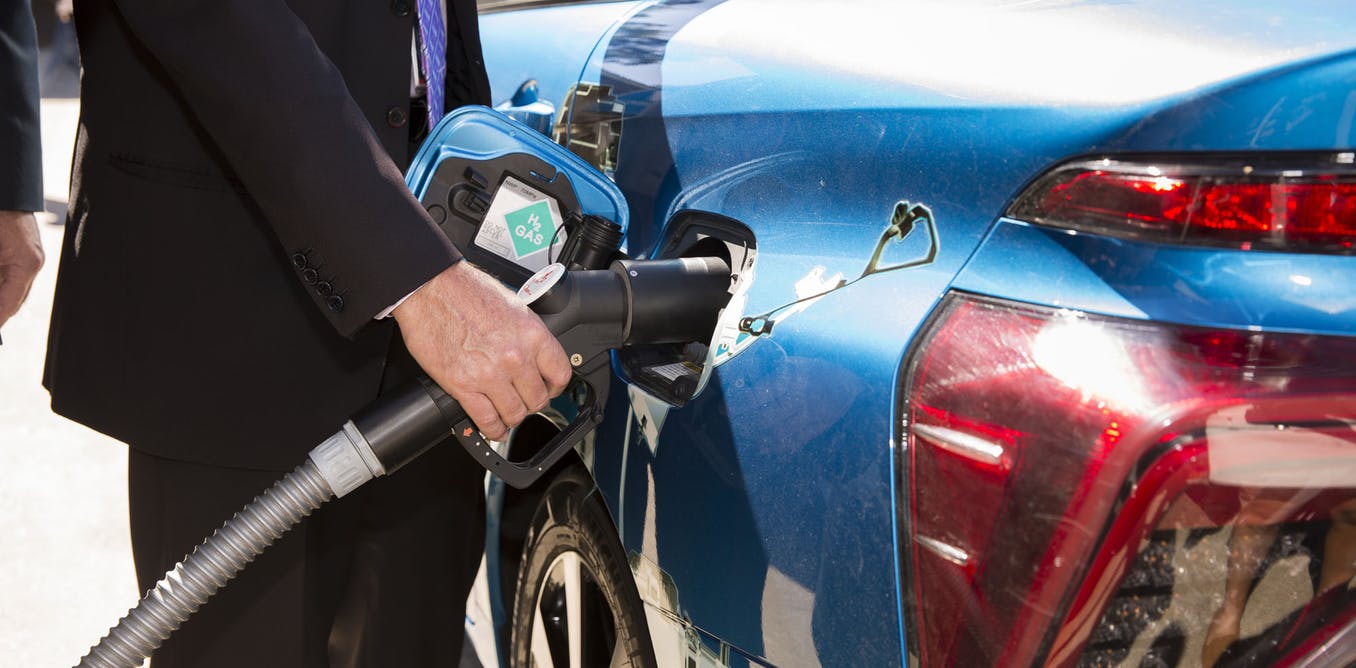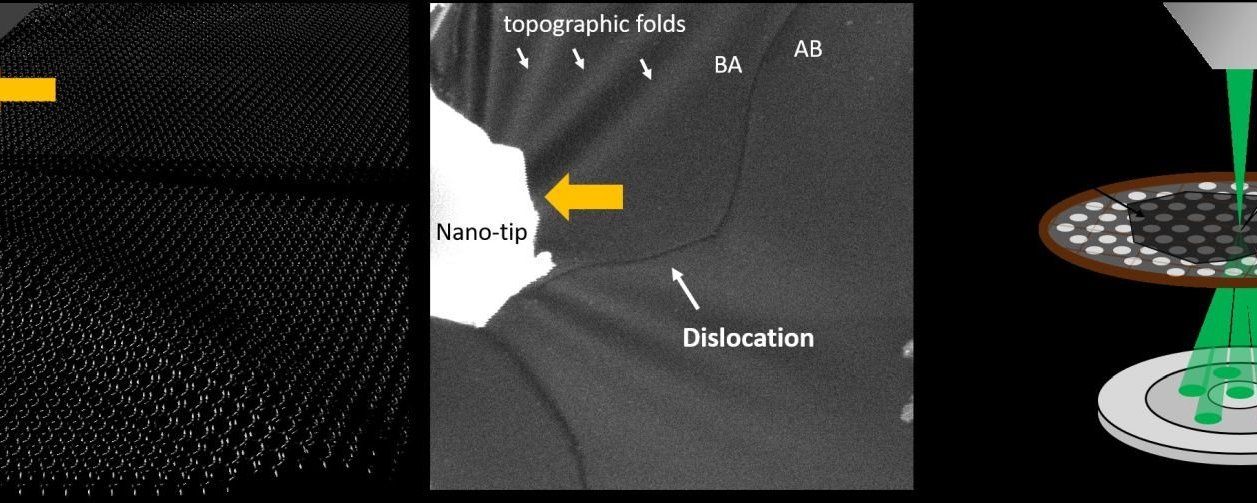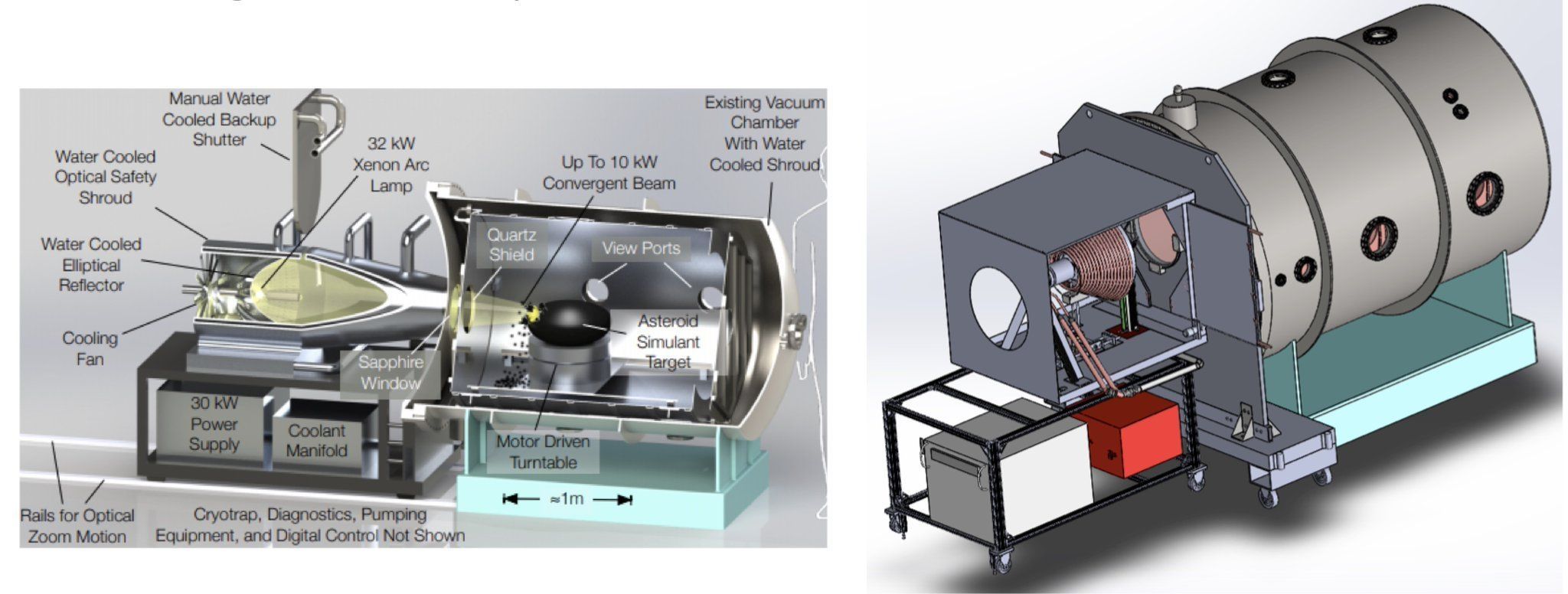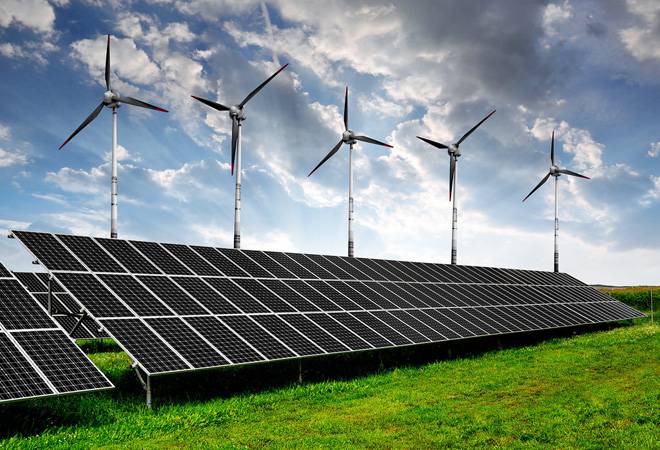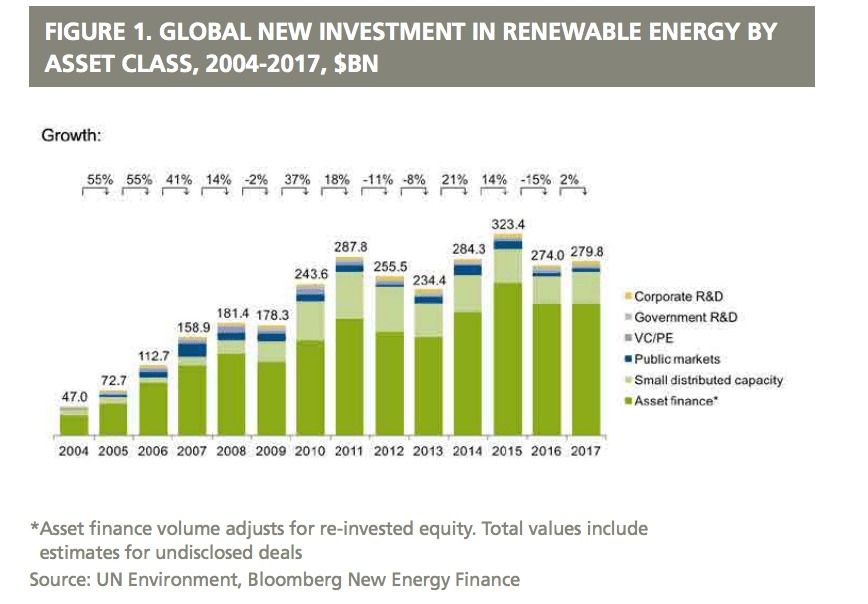A sapphire-colored dye called methylene blue is a common ingredient in wastewater from textile mills.
But University at Buffalo scientists think it may be possible to give this industrial pollutant a second life. In a new study, they show that the dye, when dissolved in water, is good at storing and releasing energy on cue.
This makes the compound a promising candidate material for redox flow batteries—large, rechargeable liquid-based batteries that could enable future wind farms and solar homes to stockpile electricity for calm or rainy days.
